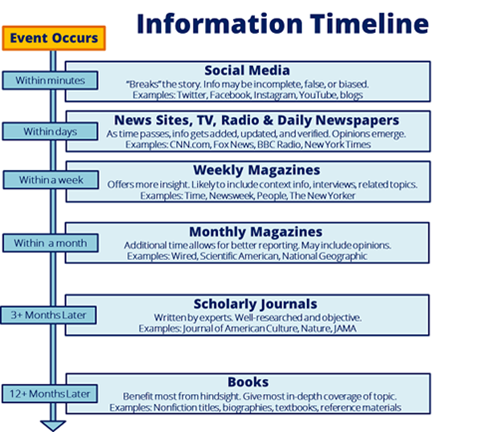What are the features of conspiracy thinking?
Conspiracy thinking can be characterized by the fact that even after examining evidence, we do not take it into account. Often, we are not even willing to read or verify the information because it fits into our pre-existing beliefs. When someone points this out to us, we argue that we "have different opinions" and everyone should stick to their own. Of course, opinions are completely different from evidence - they have a different qualitative value. If we catch ourselves being resistant to evidence, this should raise our attention. Being immune to evidence shows the difference between healthy skepticism and unwarranted suspicion. Relying on inconsistent or poor-quality information can also play a significant role in whether we are healthily skeptical or likely to vear into conspiracy thinking.
How do we teach healthy skepticism?
At school and at home, it is helpful to talk about:
● who verifies information in the case of a newspaper, a television news program, a scholarly journal, on social media;
● how long does it take to verify information before it is made public in the case of a newspaper, a TV news show, a scientific journal, and social media;
● the consequences of incorrectly verifying information in the case of a newspaper, a television news program, a scientific journal, and social media;
● what does it mean that information is reliable? What criteria can we use to determine credibility?
Credible information
Let us consider the process of creating credible information. First, content can be created in different ways - with different degrees of care and for different amounts of time. What makes conspiracy theories so popular, among other things, is the simplicity of the message, the ease with which they answer burning questions, the speed of distribution, and the easy access on large social platforms. Reliable journalists and researchers, on the other hand, need time to research information, get to the sources and make sure the message is of the right quality. The below graphic depicts the different time frames involved in producing content for different media outlets:
Source: https://lib.lavc.edu/c.php?g=1009146&p=7310513
Time
The time it takes to create an informed message usually reflects its quality and, therefore, the level of understanding and the multi-faceted view of the topic. A wave of incomplete or false posts can roll through social media or instant messaging in a matter of minutes. Everyone can be a "journalist" there, but if there is a mistake, the correction (if there is one) is unlikely to reach as wide an audience as the initial publication.
Daily newspapers, TV and radio services, or reputable Internet portals employ professional journalists and editors, which to a large degree protects these mediums from unprofessional and unreliable content. However, even the best articles, which can take days to create, can become outdated and, as a result, need additional verification.
Weekly, monthly and quarterly magazines - due to the fact that they appear less frequently and that the time needed to prepare content is longer - are usually even more reliable. Journalists writing for such mediums can afford to be more rigorous and detailed in their research, as they have time to read more opinions and conduct more interviews.
There is still a further significant leap in the quality of content when it comes to reports and academic journals. These kinds of information sources present the topic under study in depth and in accordance with academic methods. The writers of such content often have specialist knowledge of the subject. A text published in a scientific journal must also undergo a process of professional peer review - importantly, the identity of the reviewers is not always known to the author and the identity of the author is not known to the reviewers, which is intended to improve the objective evaluation of the material prepared by the author. The reviewers are professionals in the field and the mechanism of double-blind review ensures greater objectivity in the evaluation process.
At the very top of the "information quality ladder" are books. They are written over many months or even several years. The topics covered in books are explored most reliably and a review takes place before publication.
If you want to learn more about the above topics, take a look at these links:
● Review of academia.edu, a popular portal among scientists.
● The Information Cycle based on the example of Hurricane Katrina.
● Information Timeline explained on video;
● Description of an experiment and scientific provocation regarding the reliability of some scientific journals.
Background illustration (AI generated): Ренат Хисматулин , Adobe Stock